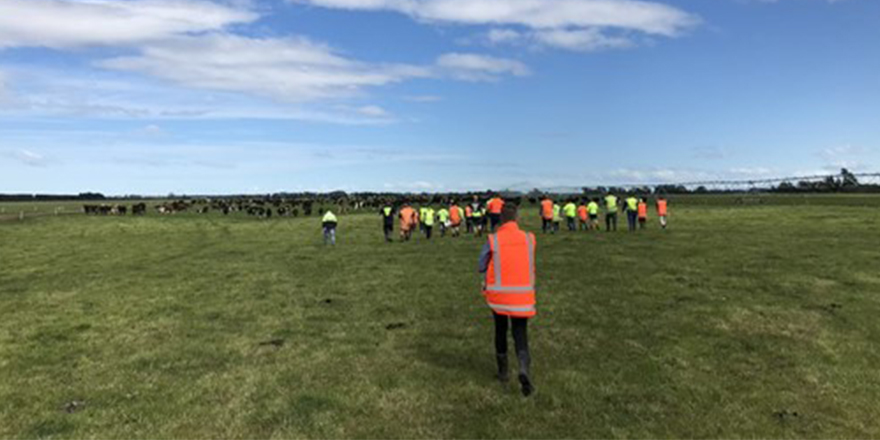
Executive Summary
Each of the sectors within the primary industry has an ageing population of employees. These people are going to need replaced by 2025 (as Julian Raine spoke about during the panel discussion, phase one of course 36 the Kellogg Rural Leadership Programme). The red meat sector is New Zealand’s largest manufacturing employer and provides jobs for 25,000 people.
This research looks into whether the awareness of careers within the red meat sector at high school is having an impact on the overall employment rate within the sector. Thematic analysis is used to identify different perspectives and answers – to discover the understanding across the education sector. An interview data set of 70 people was used to understand the awareness of the red meat sector at high school level.
Promotion of careers across the sector is constrained due to low overall career awareness and lack of exposure at both a teacher and student level. Awareness of the red meat sector is primarily focused at farm level and not on the big picture, as reflected in the stigma of agriculture and practical occupations. More emphasis on telling our story and pathways through the sector are needed to help clarify awareness and understanding.
As generational change continues, communication methods and resources supplied need to be considered, while continuing to be positive and confident as an industry.
The main findings from this research are
- More emphasis on telling our story and pathways through the sector are needed to help clarify awareness and understanding.
- We need to continue embracing changes for positive rewards and take advantage of the skill set of the next generation of workforce.
- The stigma of agriculture and practical occupations remains. They are not seen as prestigious.
There is a need to rebrand the term ‘red meat sector,’ change the mentality of our industry, and tell our story more effectively. Educating educators and creating clearer career pathways through apprentice programmes is needed for success into the future. Collaboration for more exposure opportunities and simplifying systems and resources are key recommendations.




